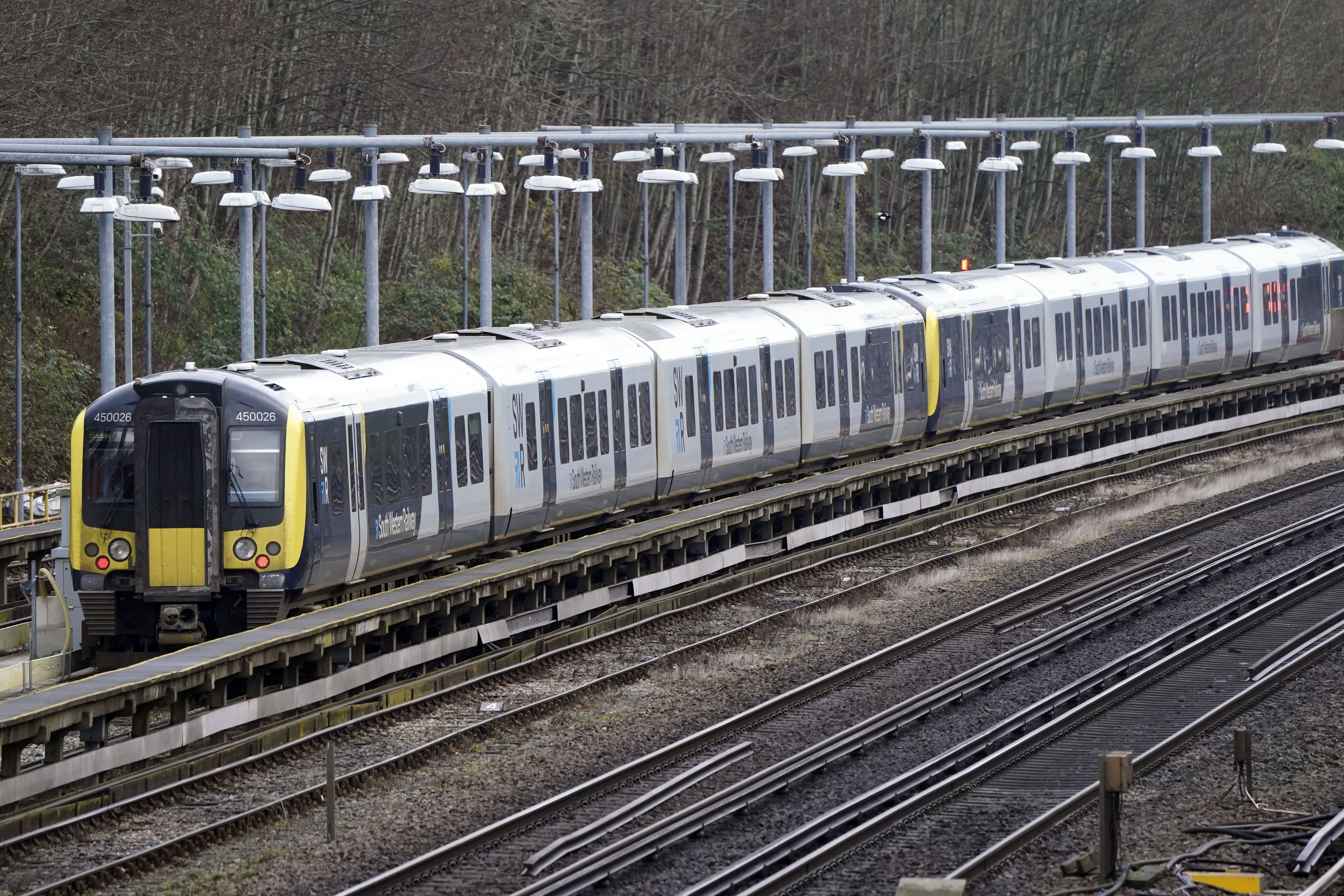Several UK train companies have warned customers to expect delays to their journeys due to the weather – but not the kind you may expect.
Rather than storms that so often cause disruption to our railways, it is the hot and dry weather that is sparking issues.
Train operators are trying to deal with dried-out and shrunk clay soil on which its rail tracks sit, as the UK experiences one of the hottest summers it has ever seen.
This clay causes uneven tracks, making it necessary for train operators to slow down their trains for safety reasons.
Passengers have been urged to check their journeys, as the speed restrictions could mean delays and even cancellations due to timetable changes.
Here’s some information about the changes and why they are necessary.

Which train operators are affected?
C2C is the latest operator which has had to amend its timetable from Monday in response to the track conditions, which it said have been affected by the driest spring in more than 50 years.
From Monday, customers have been urged to check their journeys in advance.
Simon Milburn, infrastructure director for Network Rail Anglia, said: “We are really sorry for the disruption to passengers from the timetable alterations, but we need to keep everyone moving safely.
“Our teams are working together to keep running the best possible service for passengers, even with the significant challenges we face with clay soil following prolonged dry spells.”
South Western Railway has also been affected, explaining it had seen some of the driest conditions for around 200 years.
The clay soil embankments which support its tracks have dried out across long stretches of the route between Gillingham and Axminster.

Why does this happen?
Train operators have said the exceptionally dry spring and summer have sparked the issues across the network.
The UK had its fifth-hottest July on record, according to provisional Met Office figures. This followed the UK’s driest spring since records began in 1836.
C2C, which operates between London and south Essex, said the clay soil underneath its lines…
Click Here to Read the Full Original Article at The Independent Travel…
